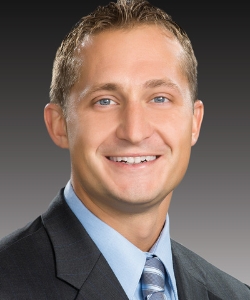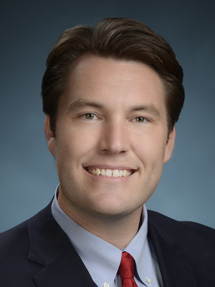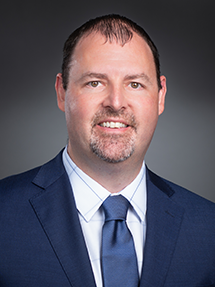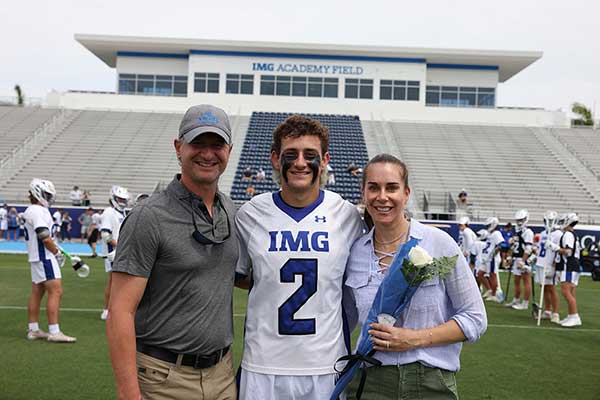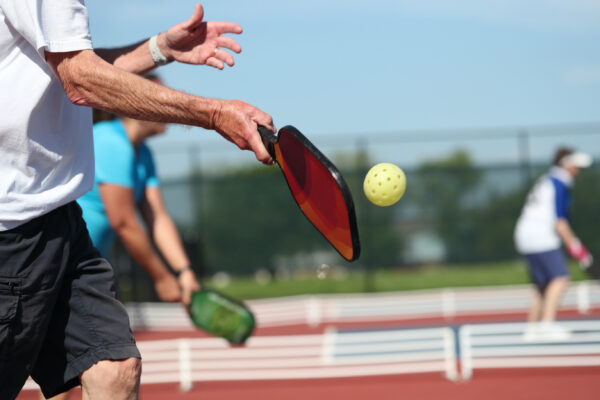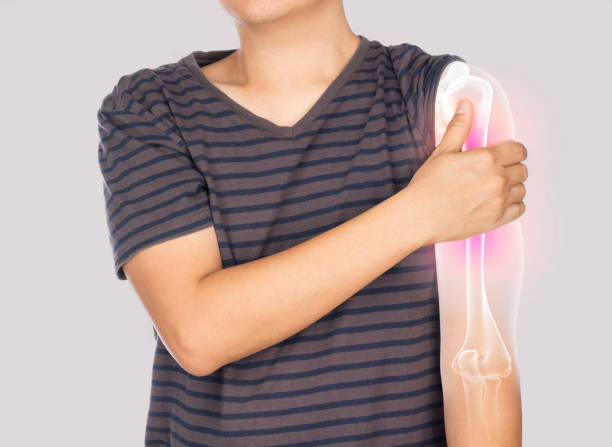What is the leading cause of frozen shoulders?
The cause is not well known, but trauma, injury, post-surgical procedures, and systemic illness are thought to be linked to the disorder.
Frozen shoulder is a condition that causes adhesions to form within the shoulder region. Frozen shoulder is also known as adhesive capsulitis and produces stiffness and limits mobility within the shoulder joint. This disorder usually begins with minimal to moderate pain and stiffness and escalates over time. Typically, it takes six to nine months to develop a “frozen” shoulder. As it progresses, many people find it difficult or impossible to move their shoulders due to the level of discomfort.
The cause is still speculated and not definitive in nature, although numerous individuals with diabetes develop frozen shoulder as do those with autoimmune dysfunction, cardiovascular disease, thyroid disorders, and other systemic conditions. If you are diagnosed with a frozen shoulder, that doesn’t necessarily mean you have an underlying chronic illness, but it’s best to have a thorough medical examination to evaluate your overall health. Individuals that have had surgery, which may prevent arm movements, such as a mastectomy or arm fracture repair, often develop a frozen shoulder due to the inability to move their shoulder joint and keep it flexible.
Frozen shoulder is most common in the 40 to 60 year-old age groups, and more women than men tend to develop the condition. Frozen shoulder treatment usually heals or recovers maximum strength and mobility within a year or two, depending on the severity and the overall health and compliance of the patient.
At Sforzo | Dillingham | Stewart Orthopedics + Sports Medicine, we are dedicated to finding and treating the root cause of your condition, and we take great care to help you understand the specifics of your disorder, optimal treatment options, and necessary protocols to get you back in the game.
Today more than ever, Sforzo | Dillingham | Stewart Orthopedics + Sports Medicine’s personalized level of care is their top priority. Therefore, they set a high standard of patient care for their in-house physical therapy department. The ability to communicate daily with their physical therapists and clinicians is ideal in orthopedic patient care. Having the in-house physical therapy department allows the physicians to have insight and control over the advanced treatment their patients need and specifically design the best program for recovery.
Physical Therapy treatment is one of the primary methods for healing frozen shoulders. Along with stretching and manual strategies in-house, physical therapists use a select group of stretching exercises to help loosen the adhesions or “thaw” the shoulder. You will be instructed and guided on these until you are content performing them at home. Doing these at home will decrease the length of time before you are comfortable again, which is the goal. However, it’s critical to warm up the shoulder, neck, and back before doing these to increase mobility and decrease pain. Use a warm towel, heating pad, or take a hot shower for 10 minutes or so before you begin.
Lean over and place one arm down on top of a table or hard surface. Hold your body with your palm on the table and the other arm hanging at your side. For counts of 10, Gently swing your arm back and forth, then side to side, then in small circles. Repeat these 3 to 5 times.
Standing straight up, gently stretch one arm across your chest, holding your opposite hand on your upper arm, and carefully hold for 30 seconds. Repeat on the other side and alternate for up to 10 times.
Standing in a neutral position, gently shrug your shoulders up towards your ears and hold for 5 seconds. Return to the starting position and then press your shoulders back (squeezing upper back muscles) and hold for 5 seconds. Return to the starting position and then pull the shoulder blades down and hold for 5 seconds. Repeat this sequence 3 to 5 times.
Standing in a neutral position, hold a lightweight stick or cane, such as a yardstick, in front of your torso. Grasp one end of the stick and cup the other end. Gently pass the stick back and forth from side to side in front of your torso, keeping your elbows in towards your body and the rest of your body still. Hold each push and pull for 20 to 30 seconds. Do not over-stretch to the point of pain.
Standing in a neutral position, hold a lightweight stick or cane, such as a yardstick, behind you near your lower spine or top of the buttocks. Grasp one end of the stick and cup the other end or hold it where it is most comfortable. Gently pass the stick back and forth from side to side behind you in a horizontal motion. Allow one arm to extend out away from your body and keep the other elbow close to your side. Hold each push and pull for 20 to 30 seconds. Do not over-stretch to the point of pain.
Always on the leading edge of the most innovative treatment options, Sforzo | Dillingham | Stewart Orthopedics + Sports Medicine’s physical therapy department and staff offer the most advanced treatment and therapeutics for their patients.
Dry Needling is another advanced procedure our practice includes in our treatment programs. Dry Needling is performed by certified and highly trained physical therapists. Similar to acupuncture in the insertion of tiny microfilament needles, it is not the same concerning outcome or procedure goals.
Muscle fibers that have contractions or tight bands decrease range of motion and permeate pain and soreness. This is known as trigger points, which disrupt functionality. Dry Needling is well known to increase blood flow, reduce pain and increase range of motion, and it can be used for numerous musculoskeletal and neuromuscular conditions. Physical Therapists need to take an extended course in dry Needling and are certified to perform the technique. After evaluation and testing, the therapist will design a treatment plan specific to the patient.
Depending on the severity of the area that needs treatment, the needles can be inserted for a few minutes to approximately 15 minutes at a time. The insertion is not very deep, and again, the needles are fine gauge, so there is usually minimal to no discomfort. It can be used in conjunction with other therapeutics to increase healing.
With decades of experience, at Sforzo | Dillingham | Stewart Orthopedics + Sports Medicine all of our surgeons are board certified, and fellowship trained. We offer you the best treatment options and care.
The cause is not well known, but trauma, injury, post-surgical procedures, and systemic illness are thought to be linked to the disorder.
It can take months to a year to heal from or thaw a frozen shoulder. It’s best to follow an orthopedic and sports medicine specialist’s protocol for treatment and at-home stretching.
The primary treatment for frozen shoulder is physiotherapy exercises and alternative methods such as biologic regenerative medicine and/or dry Needling. Surgery is rarely necessary but may be required if treatment does not rectify the shoulders range of motion limitations and reduce pain.
Stage 1: Freezing
In the “freezing” stage, pain and stiffness gradually increase. This can last 6 weeks to 9 months.
Stage 2: Frozen
The frozen stage can last 4 to 6 months, and while pain may improve a bit, stiffness will remain or increase.
Stage 3: Thawing
The Thawing stage can take 6 months to 2 years. The shoulder will regain range of motion, strength, and mobility slowly over time. Sforzo | Dillingham | Stewart Orthopedics + Sports Medicine are everything healthcare should be, and along with their elite expertise, they put their patient’s needs first above all else.
As healthcare is ever changing, Sforzo | Dillingham | Stewart Orthopedics + Sports Medicine, is doing things differently…

